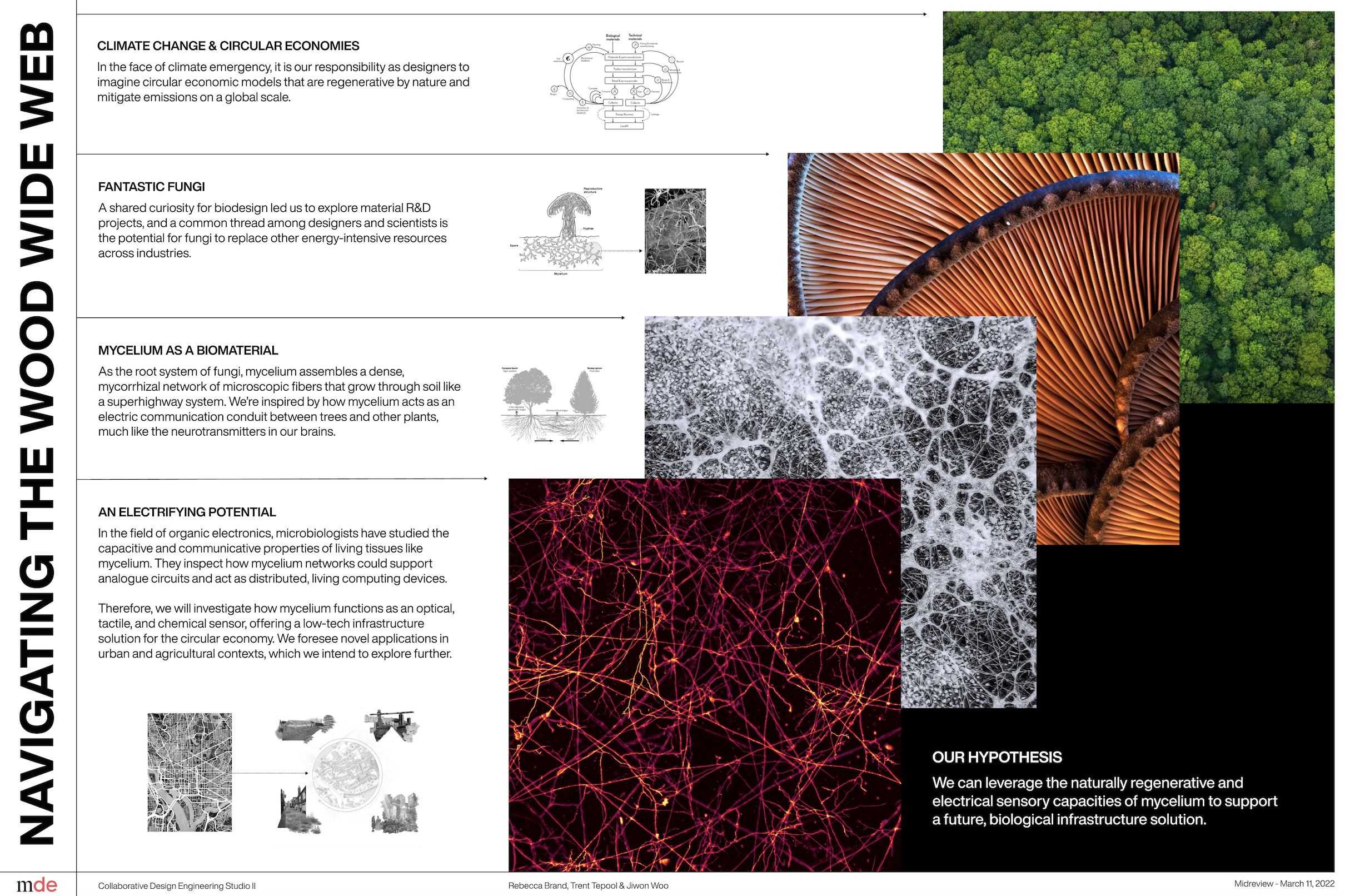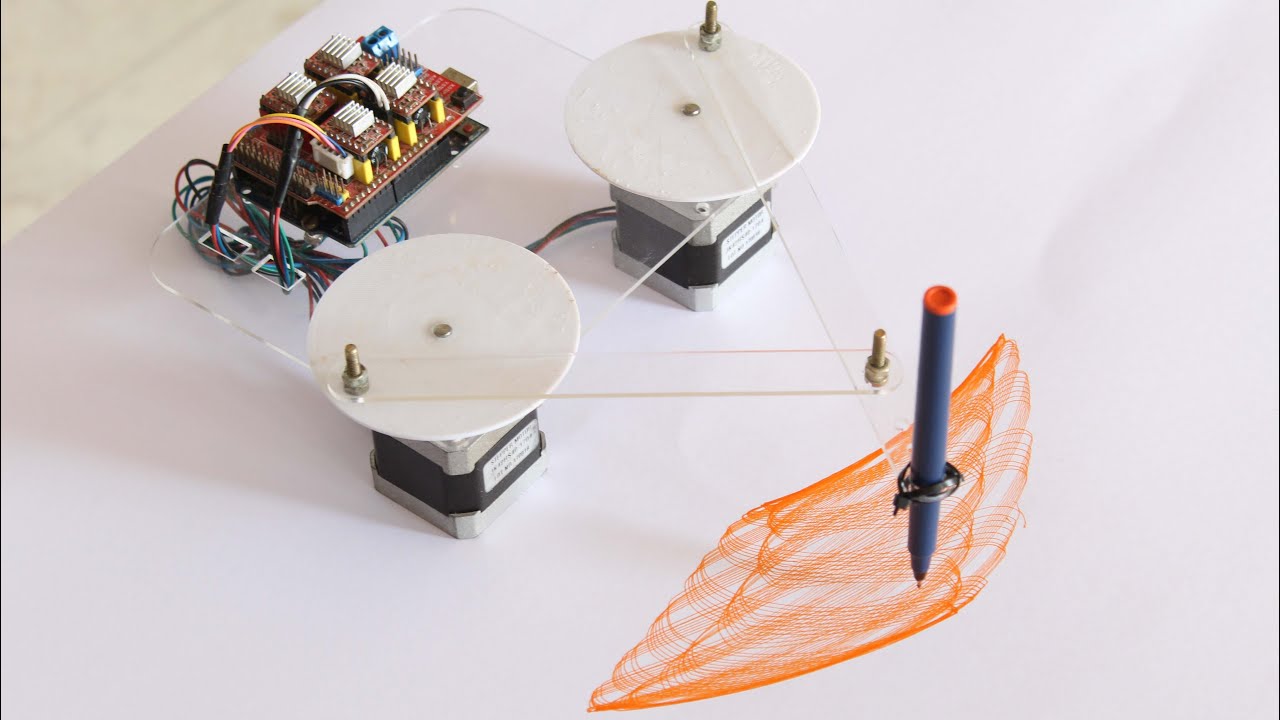Week 1: Introduction
Although I have some fabrication experience from studying art and architecture, I'm really excited to be taking PS70 and challenge myself creatively through new technologies. I hope to develop skills that can support prototyping for my capstone project, which begins this semester, while also learning about the tools and workflows that inform product design and strategy.
Final Project Update (Week of 9/26)
Overview
I'm still undecided on my final project, but for the purpose of this assignment, I will assume I'm doing the sensitive spirograph direction. This project could be a good option because there's documentation on mechanical precendents and my major contribution would be to calibrate its functionality to whatever sensor inputs I want to assign. I like the idea of channeling climate or weather data into the machine, evoking our building climate anxiety. A high-level plan to complete this project includes:
- The spirograph machine's base (spinning or not?)
- The machine's drawing arm
- The motors that control the drawing arm and the base
- The sensors that control the motion/speed of the arm/base
- The support structure that makes sure everything stays in place
Bill of Materials
- Pens, markers, paper
- Gears, fasteners, washers
- Armature pieces
- Stepper motor, potentiometer
- Arduino, resistors, wires, sensors
- Combo of laser cut, 3d-printed, and metal pieces
Final Project Framework (Week of 9/12)
Inspiration, Story, Opportunity & Research
RESPONSIVE ENVIRONMENT/ART
Generally, I'm inspired by the field of responsive environments and installations that encourage visitors to reconsider or expand their opinions and behaviors in relation to their surroundings. This is especially true when the visitor encounters technology that responds to their movement, speech, or emotion. In particular, I've discovered some projects that use sensors to create novel/tangible interfaces or kinetic art installations that combine electronic and mechanical design. This dynamic wall by ARCHITIME combines parametric and kinetic architecture, shifting bricks to reveal a color palette behind.
In this regard, I'm also curious about assistive creative technologies, dating back to examples like the original spirograph. It could be interesting to build an electronically assisted spirograph that takes in sensor data, like temperature, motion, etc., and produces unique patterns based on an individual's response.
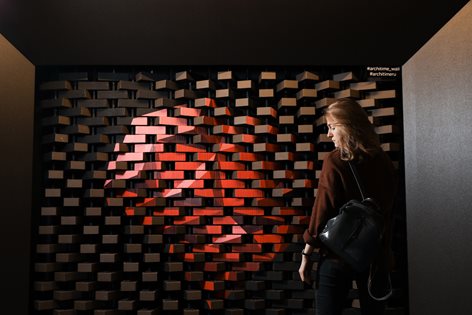
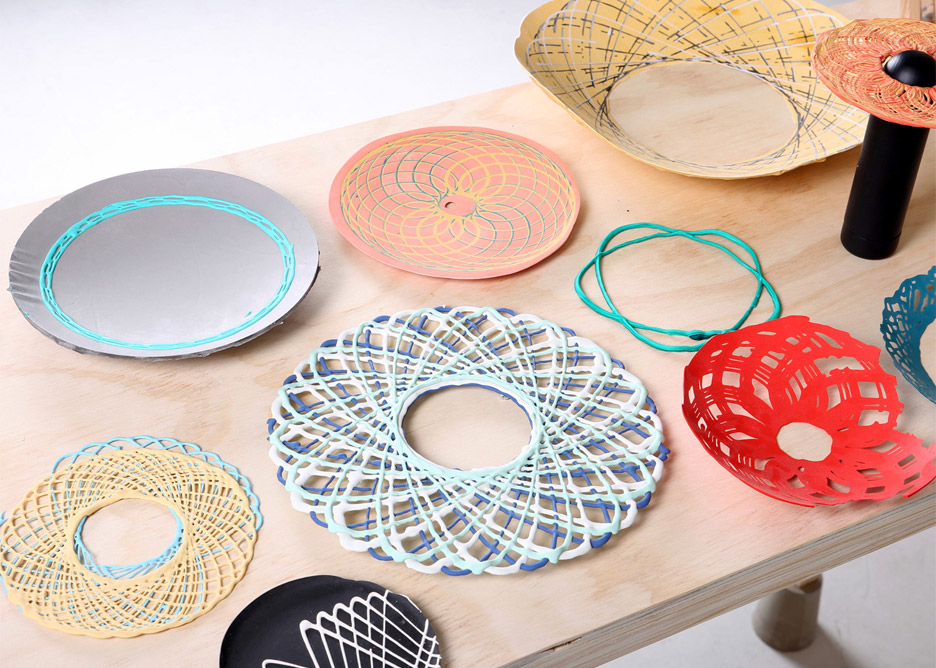
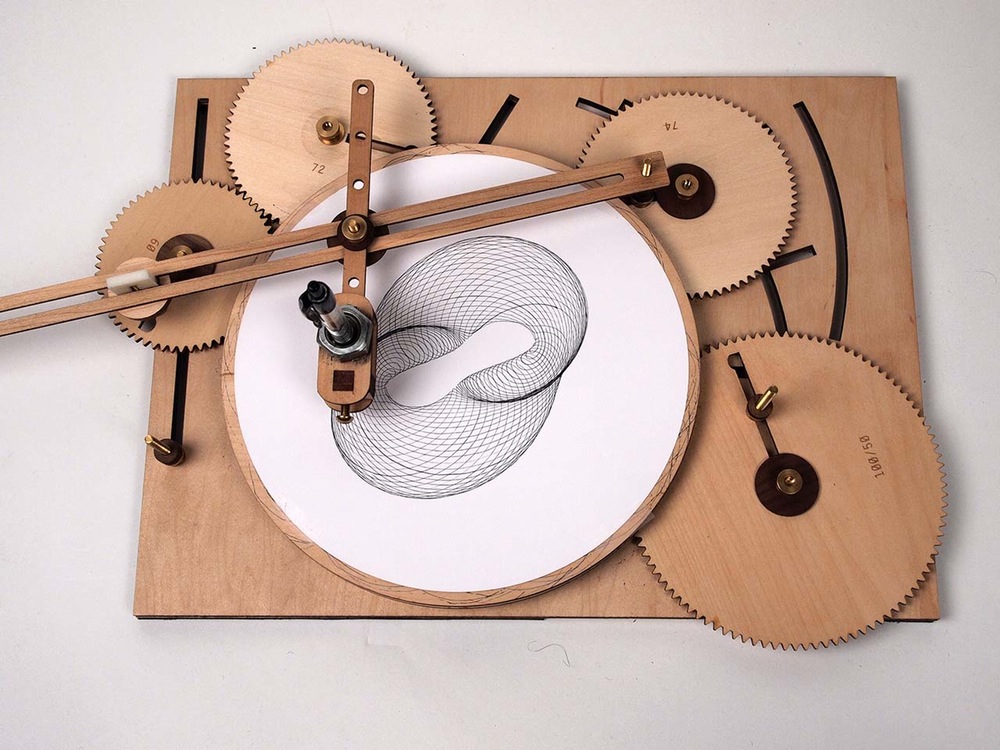
TANGIBLE, NATURAL INTERFACES
I'm also compelled to explore how I might incorporate natural elements to evoke the evolving relationship between technology and our environment. For the capacitve sensing route, Jonathan Grinham's "Moss Pad" project is an obvious point of reference. (He was also my studio professor last semester!)
During that class, our group explored how mycelium fosters communication, conservation, and rehabitiation in natural environments. We made a capacitive sensor with blocks of mycelium and validated other ways to create experiences with mushrooms. I'm curious to build on this research and actually try to prototype some of the ideas we scrapped in the Spring.

